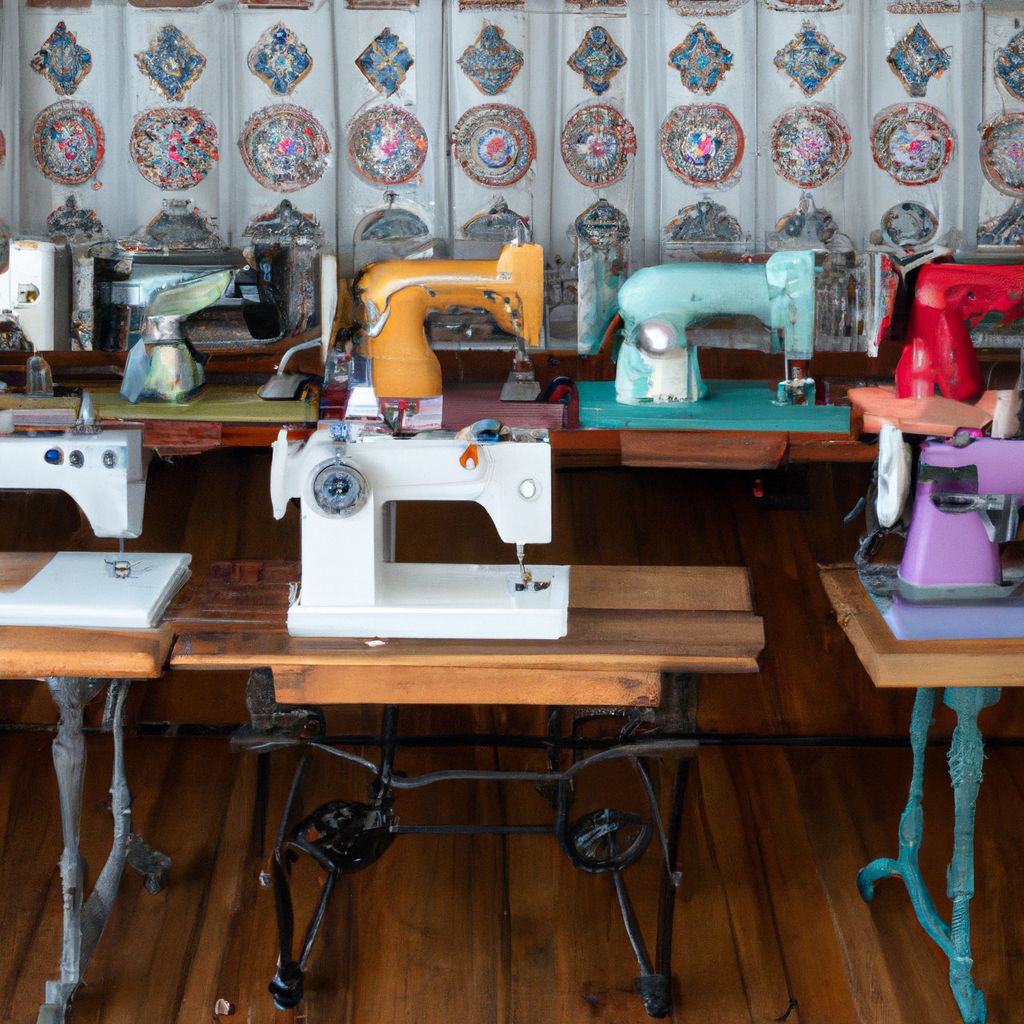- Introduction to Quilting and Sewing Machines
- Understanding the Importance of a Good Quilting Sewing Machine
- Features to Consider When Buying a Quilting Sewing Machine
- Detailed Review of the Best Sewing Machines for Quilting
- Comparative Analysis of the Top Sewing Machines for Quilting
- Pros and Cons of Each Sewing Machine
- User Experience and Feedback on the Best Quilting Sewing Machines
- Price Range and Affordability of Quilting Sewing Machines
- Maintenance Tips for Your Quilting Sewing Machine
- Final Thoughts and Recommendations on the Best Quilting Sewing Machines
- Conclusion: Choosing the Right Quilting Sewing Machine for Your Needs
Introduction to Quilting and Sewing Machines
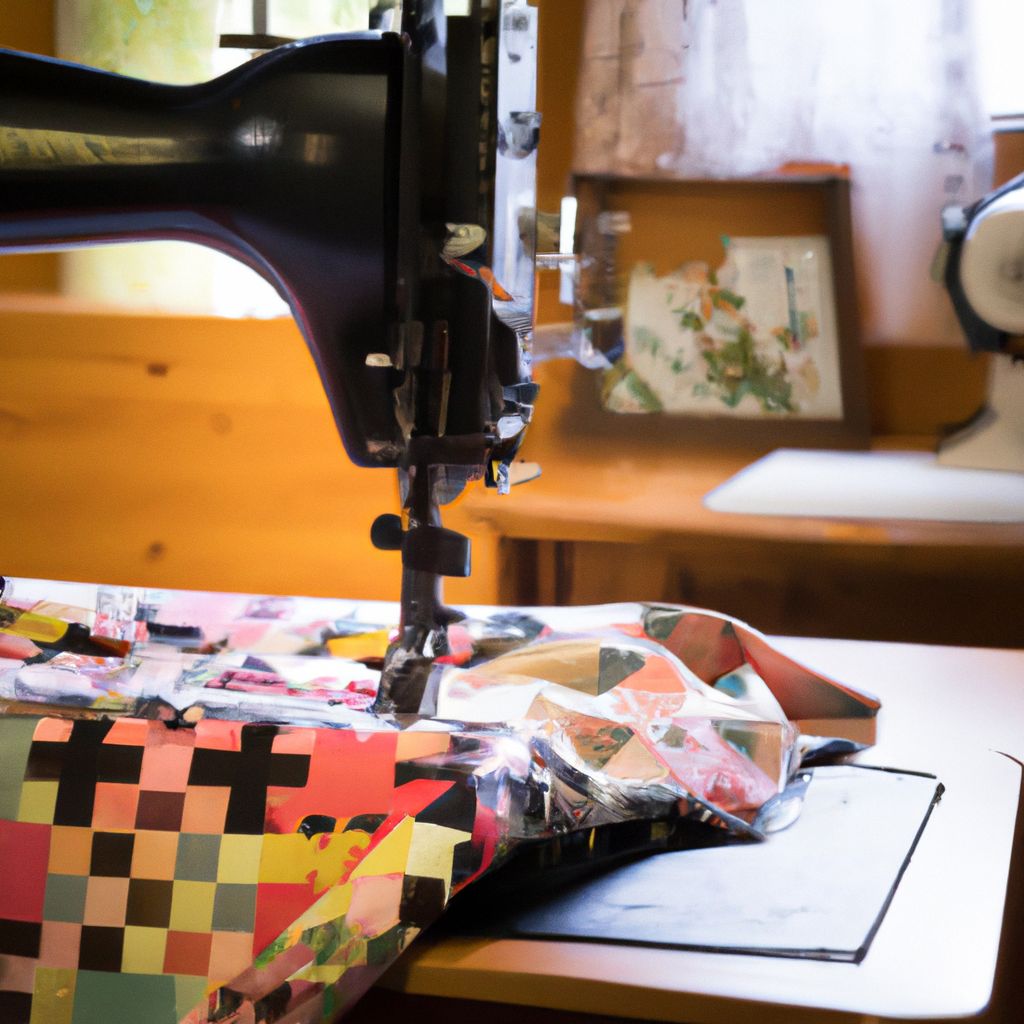
In the world of crafting, quilting holds a special place, combining creativity, precision, and tradition. Quilting involves sewing together multiple layers of fabric to create a warm, visually appealing, and often meaningful end product. As a craft, it has been around for centuries and continues to captivate artists and hobbyists alike. To embark on this journey, a reliable, efficient, and versatile sewing machine is a must.
The right sewing machine can make all the difference in your quilting projects. It can transform what could potentially be a painstaking and time-consuming process into a smooth, efficient, and enjoyable experience. The market is abounding with a variety of sewing machines, each with its unique set of features and specifications. Therefore, choosing the right sewing machine for quilting can be a challenging task, especially for beginners.
This article aims to make the selection process easier by providing a comprehensive list of the 11 best sewing machines for quilting. Each machine has been carefully selected based on its performance, features, user reviews, and expert opinions. This guide will help both beginners and seasoned quilters select the sewing machine that best fits their needs, budget, and skill level.
Understanding the Importance of a Good Quilting Sewing Machine
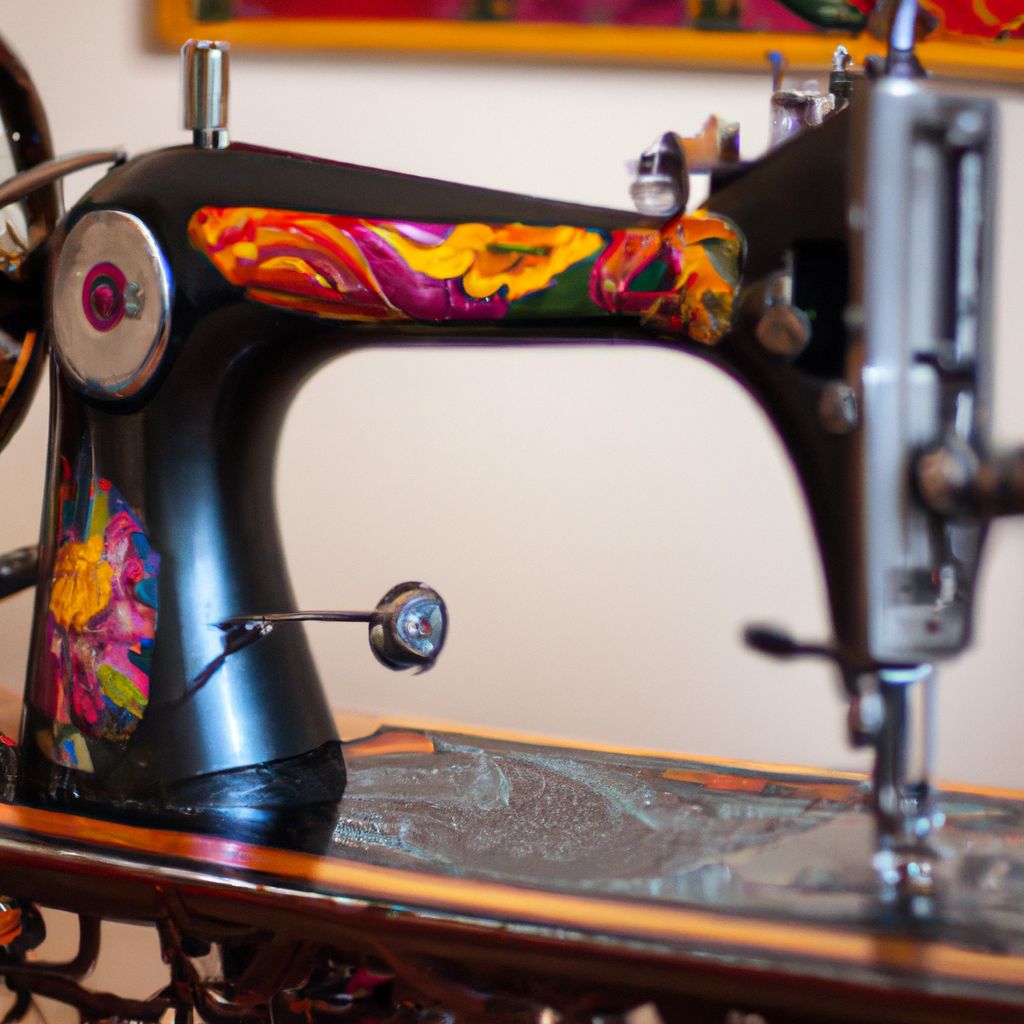
A quilting sewing machine is more than just a tool - it is a long-term investment in your quilting journey. It can significantly impact the quality of your work, your productivity, and your overall quilting experience. Let's delve into some of the reasons why investing in a good quilting sewing machine is essential.
Quality of Work: A good quilting sewing machine offers precision and consistency, ensuring every stitch is perfect. It can handle a variety of fabrics and thicknesses, so your finished quilt is of high quality, whether you're working with cotton, silk, denim, or even leather.
Efficiency and Speed: Quilting involves sewing numerous small pieces of fabric together, which can be a time-consuming process. A good quilting sewing machine can handle multiple layers of fabric and offer adjustable sewing speeds, significantly reducing the time it takes to complete a quilt.
Versatility: An excellent sewing machine for quilting is not limited to quilting alone. It also offers a variety of stitch options and can handle regular sewing tasks, making it a versatile tool for all your sewing needs.
Comfort and Ease of Use: Quilting can strain your hands and eyes over time. A good quilting sewing machine is ergonomically designed and comes with features like automatic threading, speed control, a large working area, and a bright LED work light, making the quilting process more comfortable and enjoyable.
Features to Consider When Buying a Quilting Sewing Machine
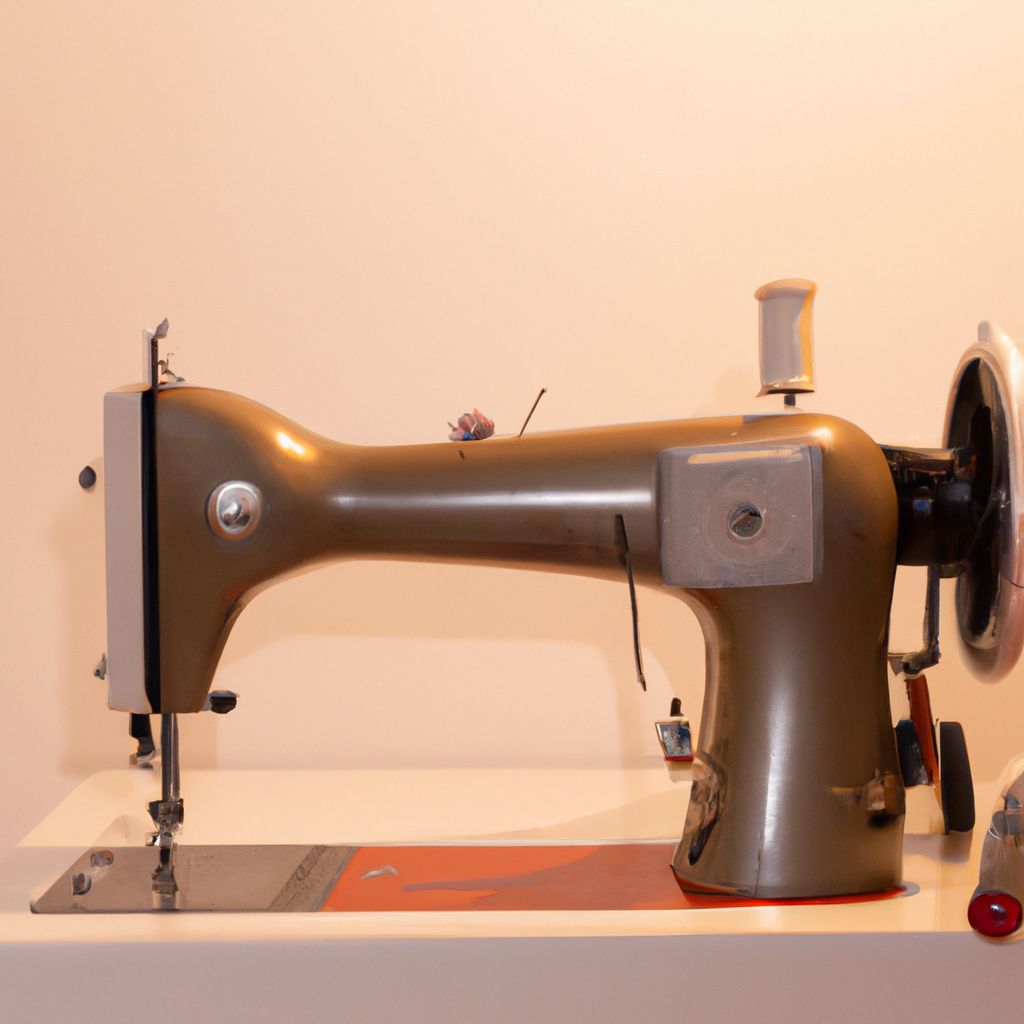
Choosing the right quilting sewing machine is an important decision. Before making a purchase, there are several features that you need to consider to ensure that the machine suits your specific needs and preferences. Here are some key features to look for:
- Stitch Options: A good quilting machine should offer a variety of stitches. Look for machines with a variety of straight, zigzag, and decorative stitches. These can enhance your quilting designs and also come in handy for other sewing projects.
- Throat Space: The throat space, also known as the harp space, is the distance between the machine's needle and its body. More throat space allows you to work on larger quilts with ease.
- Speed Control: Adjustable speed control allows you to set the sewing speed according to your comfort level and the requirements of the project. This is particularly crucial for beginners who might need to start slow.
- Automatic Thread Cutter: This feature automatically cuts the top and bobbin thread with the press of a button, saving time and making the quilting process smoother.
- Needle Position: The ability to adjust the needle's position (up/down) is a handy feature, especially when pivoting fabric or removing your work from the machine.
- Extension Table: An extension table provides a larger work area, making it easier to handle big quilting projects.
Other features to consider include an automatic needle threader, a top-loading bobbin system, a knee lifter, and a sturdy build. Remember that the best sewing machine for you is one that fits your budget, meets your quilting needs, and matches your skill level.
Detailed Review of the Best Sewing Machines for Quilting
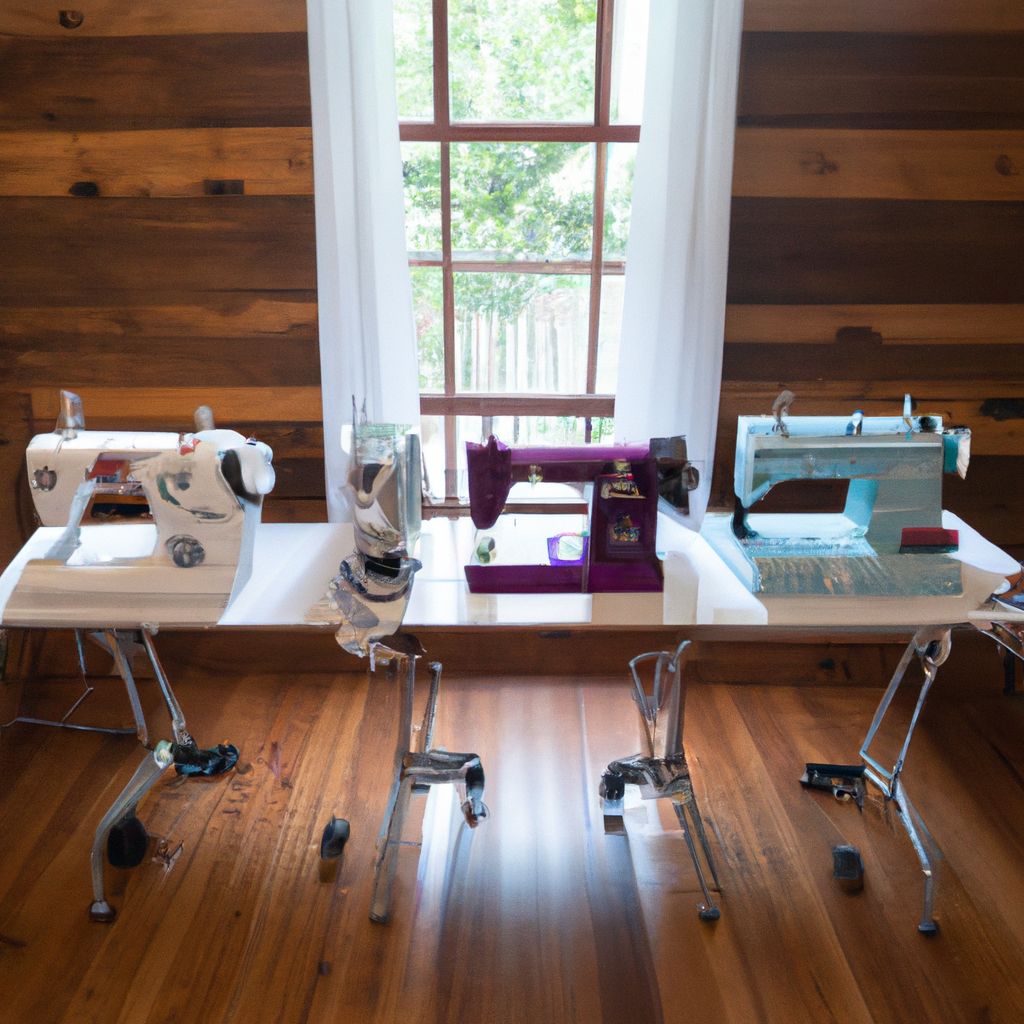
After extensive research and consultation with quilting experts, we have compiled a list of the 11 best sewing machines for quilting. These machines have been selected based on their features, performance, user reviews, and expert ratings. Let's delve into the details of each machine.
- Brother CS6000i Sewing and Quilting Machine: This machine is an excellent option for beginners and intermediate quilters. It offers 60 built-in stitches, a large table for bigger projects, and an easy-to-use LCD stitch selector. It also comes with a hard protective case.
- Janome MC6650 Sewing and Quilting Machine: The Janome MC6650 is a high-speed, computerized sewing machine offering 170 built-in stitches. It has a large throat space, making it perfect for large quilting projects. It also features an automatic thread cutter and a memory function for stitch combinations.
- Singer Quantum Stylist 9960: This machine comes with a whopping 600 built-in stitches, five alphabets, and 13 one-step buttonholes. It also offers mirror imaging and stitch elongation options, making it a versatile choice for creative quilters.
- Juki TL-2000Qi Sewing and Quilting Machine: The Juki TL-2000Qi is a high-quality, sturdy machine built for heavy-duty quilting. It offers a large throat space, an automatic needle threader, and a one-pedal operation for speed control. It is particularly notable for its low vibration while operating at high speeds.
- Bernina 770QE (Quilter's Edition): Although pricey, the Bernina 770QE is a top-of-the-line machine offering an extended free arm, dual feed, and a BSR (Bernina Stitch Regulator) which ensures consistent stitches regardless of the sewing speed. It also offers 70% more thread capacity with its jumbo bobbin.
These are just a few of the machines that made it to our top 11 list. Each machine offers unique features and benefits, catering to different skills levels and budgetary considerations.
Comparative Analysis of the Top Sewing Machines for Quilting
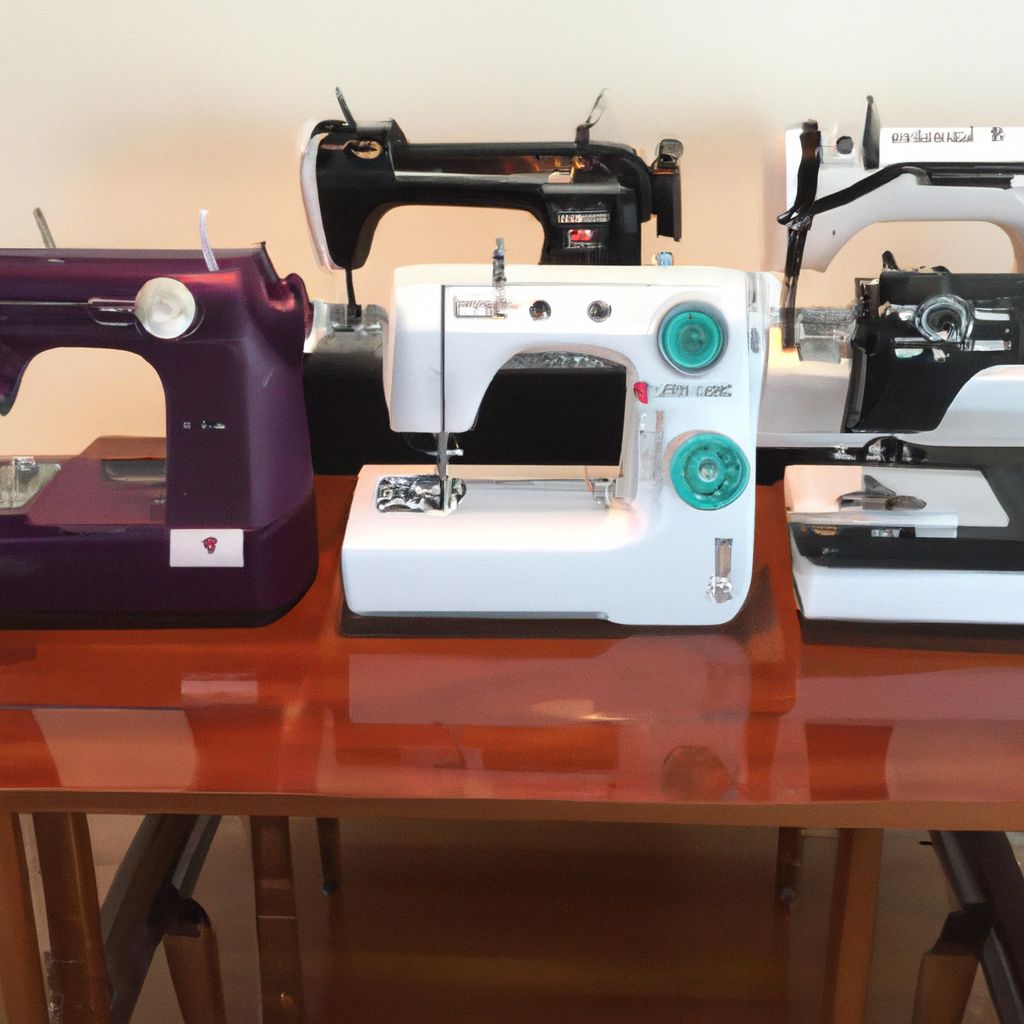
To help you make an informed decision, we have conducted a comparative analysis of the top sewing machines for quilting in our list. This comparison is based on key features such as stitch options, throat space, speed control, automatic thread cutter, needle position adjustment, and availability of an extension table.
| Sewing Machine | Stitch Options | Throat Space | Speed Control | Automatic Thread Cutter | Needle Position Adjustment | Extension Table |
|---|---|---|---|---|---|---|
| Brother CS6000i | 60 | Standard | Yes | No | Yes | Yes |
| Janome MC6650 | 170 | Large | Yes | Yes | Yes | No |
| Singer Quantum Stylist 9960 | 600 | Standard | Yes | Yes | Yes | Yes |
| Juki TL-2000Qi | 1 (Straight) | Large | Yes | Yes | Yes | No |
| Bernina 770QE | Variable | Large | Yes | Yes | Yes | Yes |
This comparative analysis should provide a clearer picture of how these top sewing machines stack up against each other. However, it is important to remember that the best sewing machine for you is the one that meets your specific quilting needs and falls within your budget.
Pros and Cons of Each Sewing Machine
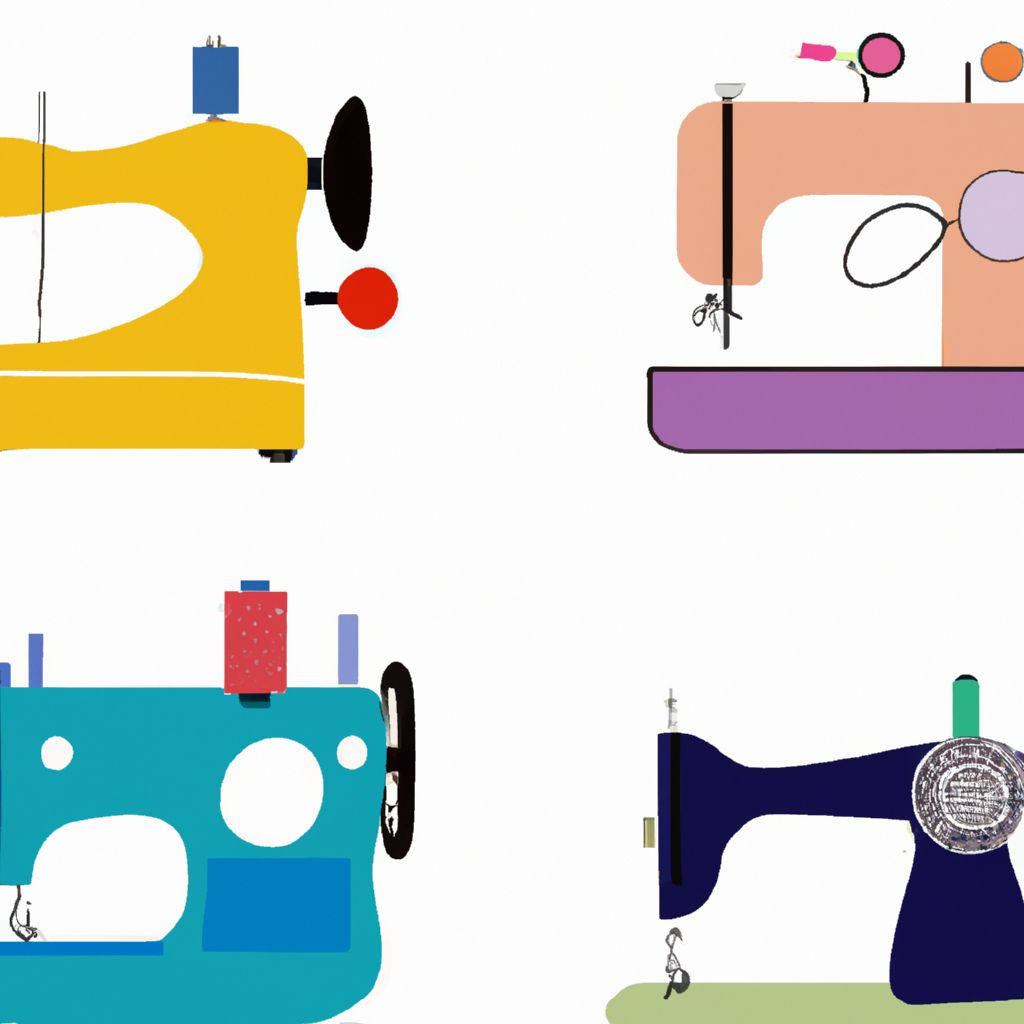
Each sewing machine has its strengths and weaknesses. Understanding these pros and cons can help you make an informed decision. Here's a quick rundown of the pros and cons of each sewing machine that made it to our list:
- Brother CS6000i:
Pros: Easy to use, affordable, versatile with 60 stitch options, large extension table for quilting, and adjustable sewing speed.
Cons: The automatic needle threader can be tricky to use, and the machine may struggle with very thick materials. - Janome MC6650:
Pros: Offers a wide variety of stitches, large throat space for big projects, high sewing speed, and an automatic thread cutter.
Cons: It's quite expensive, and it doesn't come with an extension table. - Singer Quantum Stylist 9960:
Pros: Offers 600 stitch options, automatic needle threader and thread cutter, mirror imaging and stitch elongation features, and comes with an extension table.
Cons: It might be overwhelming for beginners due to its numerous features. - Juki TL-2000Qi:
Pros: It's perfect for heavy-duty quilting, offers large throat space, low vibration at high speed, and an automatic needle threader.
Cons: It's pricey, offers only one straight stitch, and doesn't come with an extension table. - Bernina 770QE:
Pros: Top-of-the-line machine with an extended free arm, dual feed, a BSR for consistent stitches, and a jumbo bobbin.
Cons: It's very expensive and may not be suitable for beginners.
While these pros and cons provide a snapshot of each machine, it's important to remember that the best sewing machine for you depends on your specific needs, skill level, and budget.
User Experience and Feedback on the Best Quilting Sewing Machines
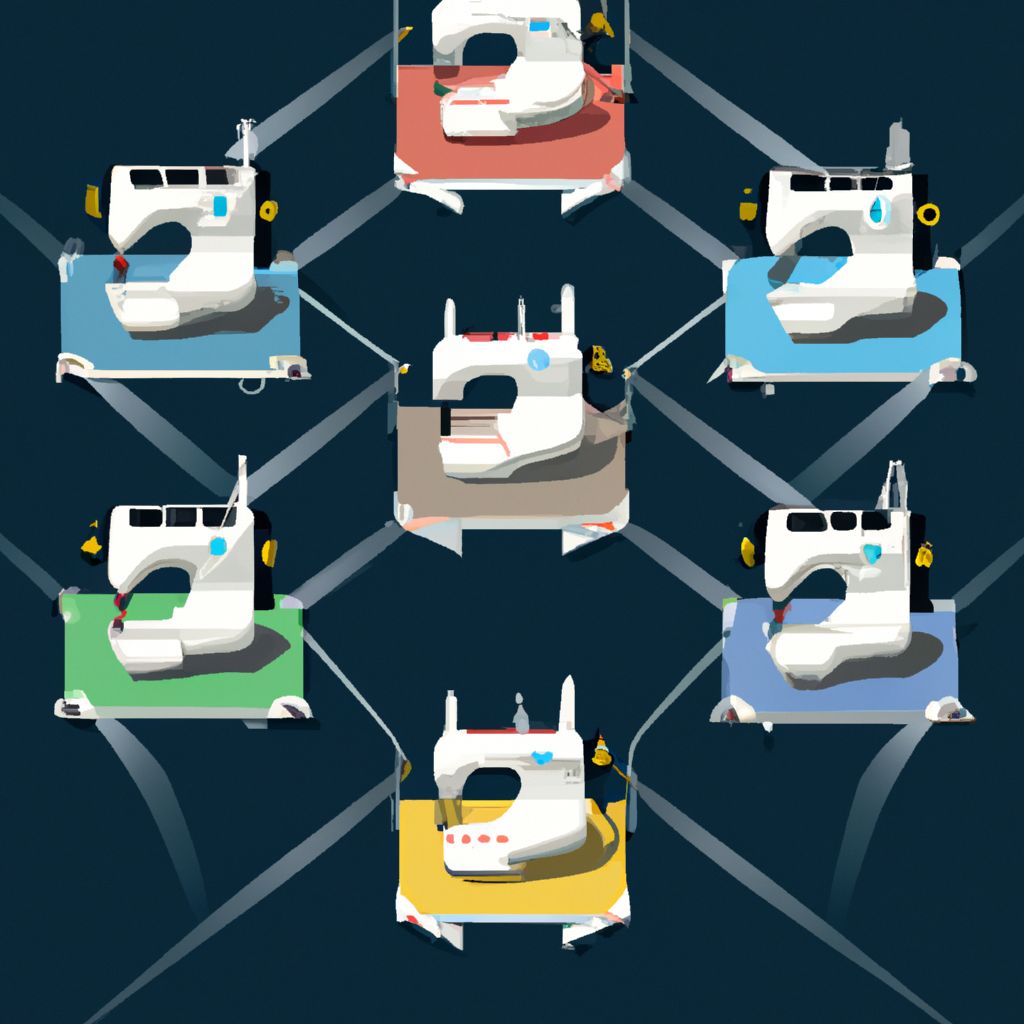
Understanding the user experience and feedback can provide valuable insights into the real-world performance of these sewing machines. Here is a summary of what users have to say about our top picks:
- Brother CS6000i: Users appreciate the Brother CS6000i for its affordability and ease of use. They find the LCD stitch selector very useful. However, some users have reported difficulties with the automatic needle threader.
- Janome MC6650: Many users praise this machine for its speed and the variety of stitches it offers. They also appreciate its large throat space for large projects. On the downside, some users were disappointed that it doesn't come with an extension table.
- Singer Quantum Stylist 9960: Users love the vast range of stitch options and the machine's versatility. However, beginners might find it overwhelming due to its numerous features.
- Juki TL-2000Qi: Users commend the Juki TL-2000Qi for its sturdy build and high-speed operation with low vibration. However, its high price point and lack of stitch variety have been pointed out as drawbacks by some users.
- Bernina 770QE: While users acknowledge the Bernina 770QE for its advanced features and high-quality stitches, its high cost has been a deterrent for many, especially beginners.
User feedback can be a valuable resource when choosing a sewing machine. However, personal preferences and needs should always be the primary consideration when making a purchase.
Price Range and Affordability of Quilting Sewing Machines
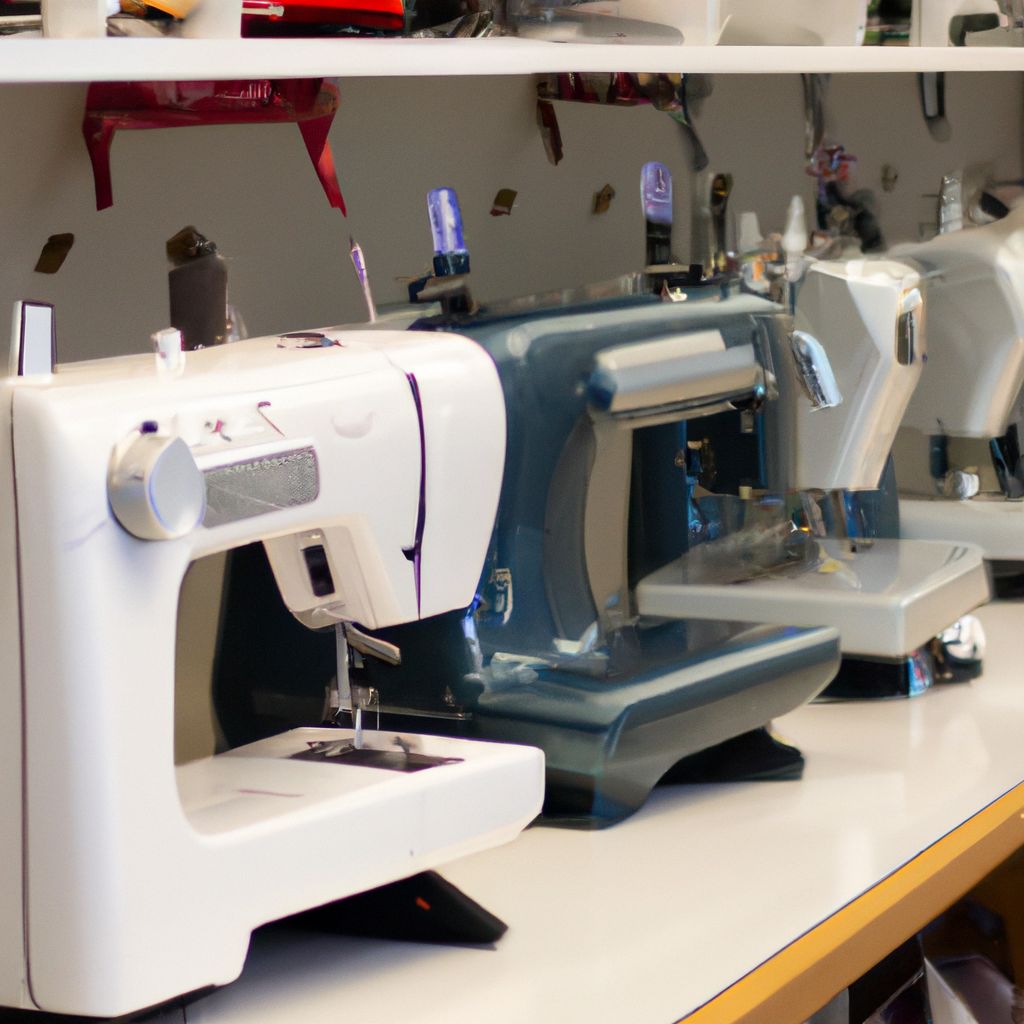
The price of a quilting sewing machine can vary greatly based on its brand, features, and capabilities. Here's a general overview of what you can expect in terms of price ranges:
- Entry-Level Machines: These machines are suitable for beginners or those on a tight budget. They typically cost between $100 to $300. An example from our list is the Brother CS6000i.
- Mid-Range Machines: These machines offer more features and better build quality. They are suitable for intermediate and advanced quilters and usually cost between $300 to $1,000. The Singer Quantum Stylist 9960 falls into this category.
- High-End Machines: These machines are packed with advanced features and offer the best performance. They are suitable for professional quilters and typically cost over $1,000. The Bernina 770QE and Janome MC6650 fall into this category.
While price is an important factor, it's crucial to consider the machine's features, durability, and how well it fits your quilting needs. A more expensive machine may offer more features but might be overwhelming for a beginner. On the other hand, a cheaper machine may be easier to use but may not offer the features an advanced quilter needs.
Therefore, when considering the price, always weigh it against your needs, skill level, and the value the machine provides.
Maintenance Tips for Your Quilting Sewing Machine
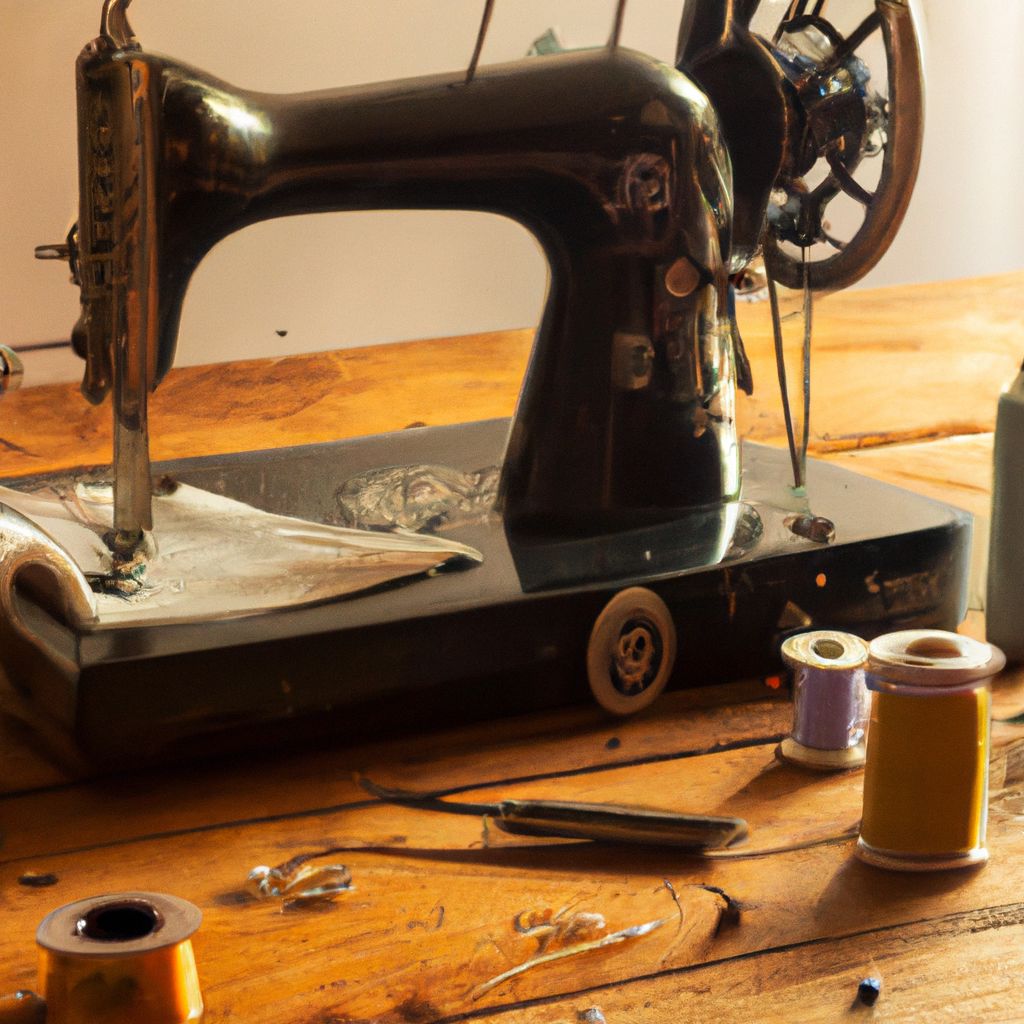
Proper maintenance of your quilting sewing machine can significantly extend its lifespan and ensure optimal performance. Here are some maintenance tips to keep your machine running smoothly:
- Clean Regularly: Dust and lint can accumulate in your machine, affecting its performance. It's essential to clean your machine regularly, especially after finishing a project. Use a small brush to remove lint from the bobbin area and under the needle plate.
- Change Needles Frequently: Needles can become dull or bent after prolonged use, leading to skipped stitches or fabric damage. It's recommended to change the needle after every project or after every 8-10 hours of sewing.
- Use Quality Thread: Using poor-quality thread can cause lint build-up and tension problems. It's best to use high-quality thread to ensure smooth sewing and fewer machine issues.
- Regular Servicing: It's advisable to have your sewing machine serviced by a professional at least once a year. They can perform a thorough cleaning, oiling, and make any necessary adjustments or repairs.
- Read the Manual: Each sewing machine is different. Always read and follow the maintenance instructions provided in your machine's manual.
By following these maintenance tips, you can keep your quilting sewing machine in top shape, ensuring it provides reliable service for many years to come.
Final Thoughts and Recommendations on the Best Quilting Sewing Machines
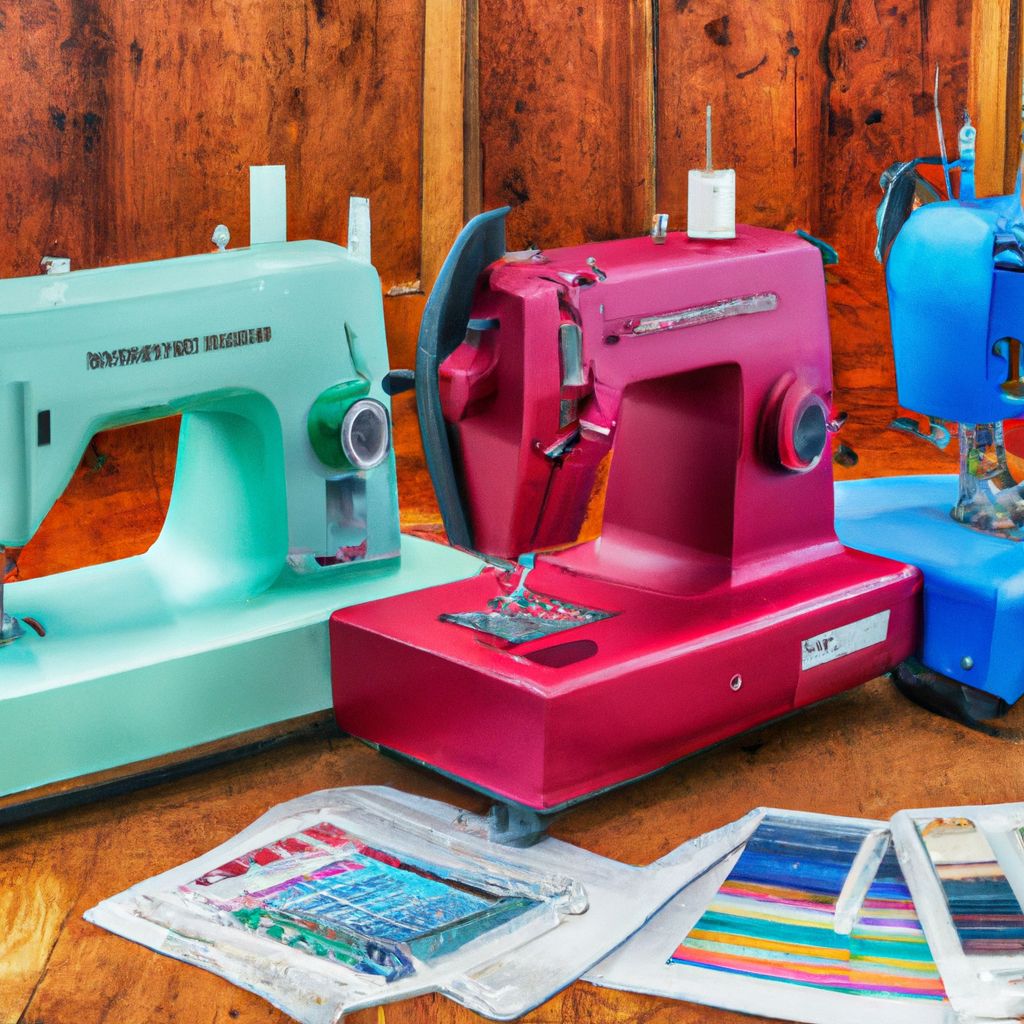
Choosing the right sewing machine for quilting is a significant decision that can greatly impact your quilting experience and the quality of your work. It's important to choose a machine that suits your skill level, meets your quilting needs, and fits within your budget.
For beginners, we recommend the Brother CS6000i. It's affordable, easy to use, and offers a variety of features that make it a great starting point for new quilters.
For intermediate quilters or those looking for more advanced features, the Singer Quantum Stylist 9960 is an excellent choice. Its wide range of stitch options and advanced features allow for creative exploration and versatility.
For professional quilters or those who don't mind splurging for top-of-the-line features, the Bernina 770QE is well worth the investment. Its advanced features, such as the Bernina Stitch Regulator and dual feed, make it a powerhouse for quilting.
Remember, the best sewing machine for quilting is the one that best meets your specific needs and preferences. Happy quilting!
Conclusion: Choosing the Right Quilting Sewing Machine for Your Needs
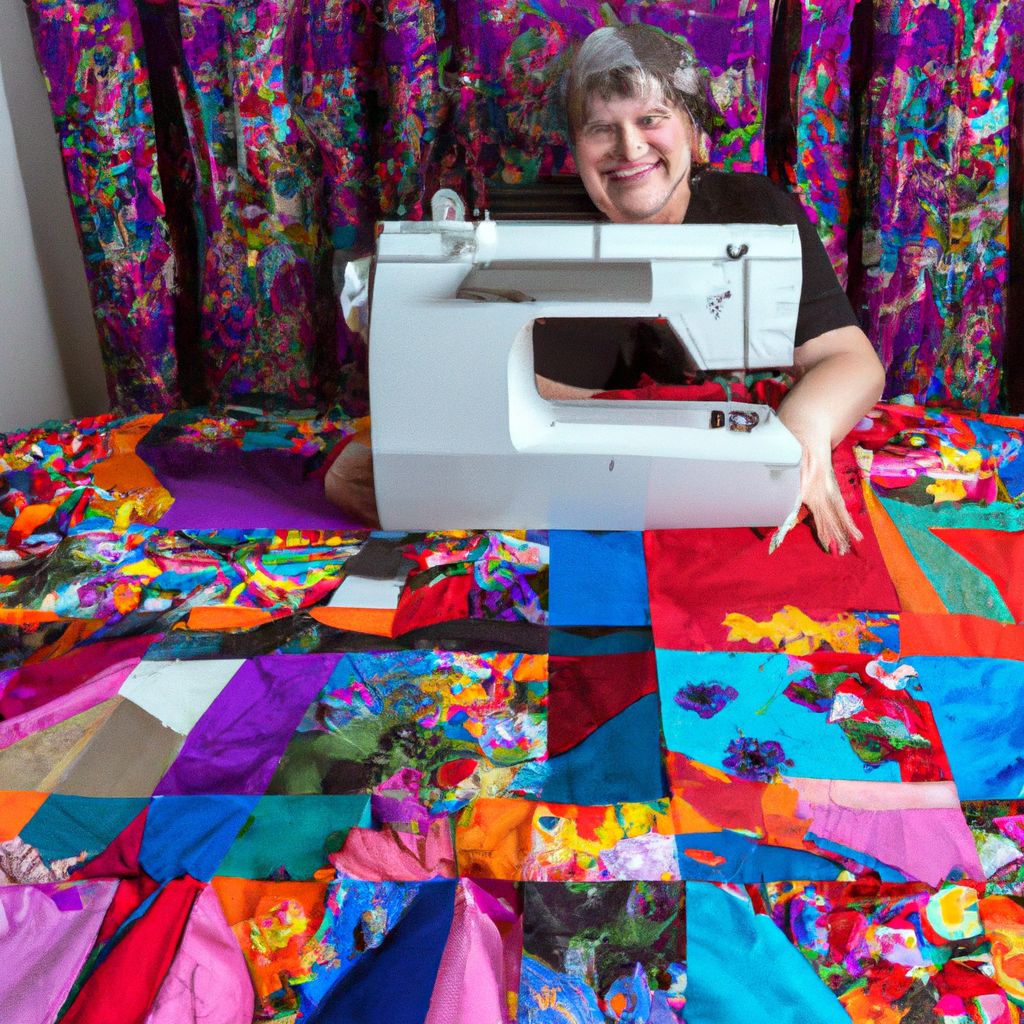
In conclusion, the right quilting sewing machine can transform your quilting experience, making it more efficient, enjoyable, and creatively fulfilling. Whether you're a beginner, an intermediate quilter, or a seasoned pro, there's a sewing machine out there that perfectly fits your needs and budget.
Take into account the machine's features, including stitch options, throat space, speed control, and ease of use. Consider user reviews and expert opinions, but remember that the final decision should be based on your individual needs and preferences.
Furthermore, proper maintenance of your sewing machine can extend its lifespan and ensure optimal performance. Regular cleaning, changing needles frequently, using quality thread, and having your machine serviced annually by a professional can keep it in top shape.
By investing time in research and considering your specific needs, you can find a quilting sewing machine that is not just a tool, but a valuable partner in your quilting journey. Happy sewing!


